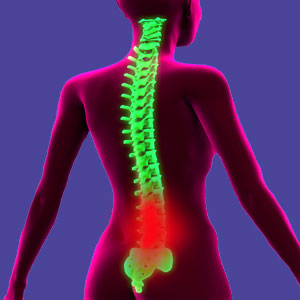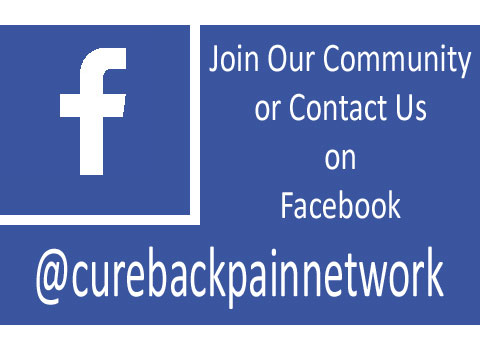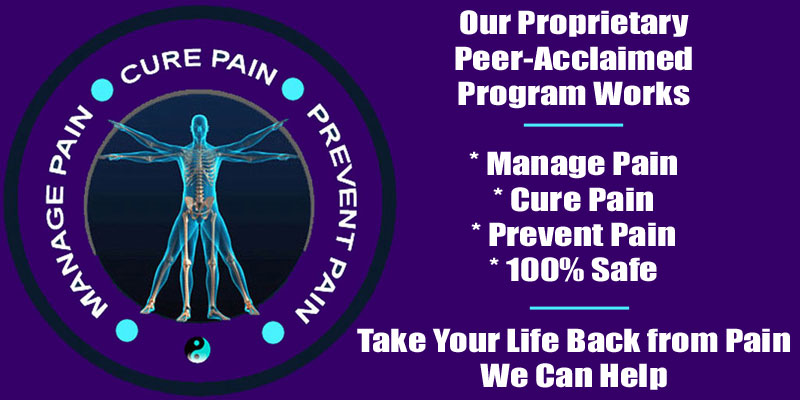
Suffering an acute flare up of lower back pain is one of the worst possible types of dorsal symptoms. Sudden attacks of lumbar pain are well known to disable immediately and create extreme fear and lasting functional limitations. Doctors rank lower back pain at the very top of all accepted pain scales, making it a true terror for patients to endure.
What causes flare-ups of low back pain to occur? Why do these attacks tend to recur often and come at the very worst times in life? Most importantly, how should an acute flare-up of pain be handled by the person suffering it? What should they do to help themselves? These are all extremely important questions to answer and we will do just that during the course of this discussion.
This dialog details the occurrence, causes, symptoms and first aid for acute flare-ups of lower back pain. If you tend to suffer recurring episodes of terrible pain in the lumbar region, then this is the right essay for you.
Symptoms of Lower Back Pain Flare-ups
Symptomatic activity associated with flare-ups typically centers around acute pain. This pain often begins without warning, with or without a provoking trigger mechanism. The pain is often experienced generally in the lower back and buttocks in many cases, with some patients having hotspots of pain over the spine, to the left of the spine or to the right.
Sciatica is a frequent accompanying symptom to lower back pain, affecting one or both legs along the path of the sciatic nerve. When sciatica exists, the consequences of a flare-up are usually worse and more debilitating, often keeping patients confined to bed.
Less common symptoms might include numbness or weakness in the back, buttocks or lower extremities. Some patients might also experience functional deficits, such as foot drop, sexual dysfunction or incontinence of bladder or bowels. These are all far more significant symptoms that should always be thoroughly investigated by a qualified emergency medical team.
Causes of Painful Flare-ups
Flare-ups can be broken down into those with and without triggers. Some pain occurs out of nowhere, without any logical provocation. These types of lower back pain are often confounding to patients and doctors alike and in most cases, some trigger mechanism will be speculated upon, even if it is far-fetched and nonsensical, just to provide some degree of understanding of why the pain occurs.
Trigger mechanism flare-ups are more commonplace and can further be broken down into several different categories of causation:
Some triggers are linked to anatomical causes and are created by activities, postures or other circumstances that actually incite negative anatomical reactions in the body due to mechanical dysfunction, neurological compression or other pathological process.
Other triggers are linked to definitive causative triggers, such as activity, posture or other mechanism, but do not create structural pathology. Instead, these conditions are triggers for a convincing mindbody pain syndrome that will flare-up when the trigger mechanism is activated, despite the activity, posture or other occurrence not being detrimental to the body at all.
Some triggers are unpredictable and related to acute movements of psychoemotional sensitivity. In these cases, the mind will activate pain based on any even remotely convincing trigger, such as a light bending motion, sneeze, cough or any other seemingly innocent activity or occurrence. These triggers are the mainstay of mindbody pain syndromes and we have heard some truly creative ones over the many years we have treated these devious conditions.
First Aid for Flare-up of Lower Back Pain
When affected by an acute flare-up of pain, most patients head straight to the doctor (despite having gone many times before, with no solution offered) or get into bed and retreat from life until the worst of the episode passes. Lower back pain is a leading cause of doctor/hospital visits, as well as one of the primary causes of worker absenteeism, regardless of vocational industry. Yes, lower back pain flare-ups affect people in all types of work equally…
Other patients push forward, trying to live normally despite the pain. However, many utilize dangerous coping mechanisms in order to do so, including powerful pain management drugs, alcohol or illicit drugs. A few patients rely on more natural and holistic ways of managing pain, such as pain coaching, meditation, chiropractic, massage, acupuncture and other constructive care practices.
We generally recommend taking it easy until the worst passes, but not confining yourself to bed. Instead, move about gently and try to get some physical activity to the best of your ability. Gentle movement will help speed recovery time no matter what the cause of pain is. Activity is also one of the best ways to combat the common occurrence of mindbody pain syndromes, since it tells the brain that you are not being fooled into believing that you are hurt, despite the suffering. Dr. John E. Sarno stressed the importance of this practice in his work with tension myositis syndrome patients for decades.
Recurring flare-ups are typically a very god indicator of a mindbody issue, rather than structural. This is especially true when pain is sudden, acute and not linked to a truly damaging occurrence. When patients report postural, positioning and innocuous activity-related pain to us, our immediate reaction is to suspect a mindbody causation, as decades work in the pain field has shown this to be the case over and over and over again. Therefore, our universal advice for all patients is to carefully consider what is going on in their lives preceding acute flare-ups of pain and focus their attention particularly on sensitive, stressful, painful and embarrassing psychoemotional issues. This introspection will almost always uncover the exact cause of pain, as well as the easiest solution.





